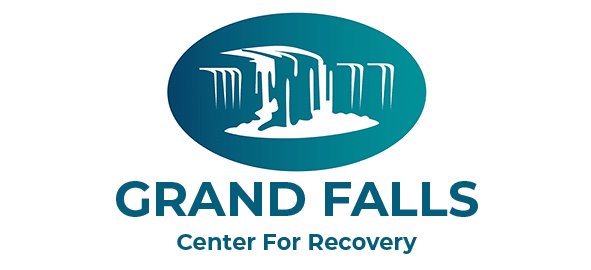The healing process for addiction recovery reaches far beyond therapy sessions and medical care. The environment in which individuals recover plays a crucial role in their progress. Thoughtful rehab center design can inspire hope, foster a sense of safety, and promote long-term recovery. This article explores how designing addiction recovery spaces with intention and therapeutic interior design can create meaningful change in residential rehab facilities.
Why Design Matters in Addiction Recovery
The environment has a profound impact on mental and emotional health, especially for individuals recovering from addiction. The design of a rehab center influences not just how patients feel but also how they interact with the space and each other.
Here’s why this is critical:
- Comfort Encourages Healing: Spaces that are welcoming and cozy help reduce anxiety and stress.
- Connection to Nature: Rooms with natural light, greenery, and outdoor areas create calm and promote focus during recovery.
- Functionality Brings Structure: An organized and purposeful layout helps foster routine and groundedness, essential elements in addiction recovery.
Investing in intentional rehab center design isn’t just about aesthetics—it impacts a patient’s experience and can improve outcomes.
Key Elements of Transformative Rehab Center Design
Safety and Privacy are Paramount
Patients in recovery need a space that feels physically and emotionally secure. Design private yet calming bedrooms where individuals can process emotions away from group distractions. Quiet areas with acoustic insulation are also important to minimize overwhelming noise.
Therapeutic Interior Design
Focus on incorporating colors, textures, and elements that contribute to a positive mindset. For example:
- Use soft, warm tones like greens and blues to inspire calmness.
- Add rounded furniture and avoid sharp lines to promote emotional comfort.
- Include tactile materials like wood or soft fabrics for grounding sensations.
Communal Spaces for Connection
Community support is crucial in recovery. Design spacious communal areas where patients can gather for group therapy or peer discussions. Use comfortable seating, open layouts, and inviting lighting to encourage interaction.
of Connection with Nature
Integrating nature into your rehab facility design helps patients reconnect with life outside of addiction. Outdoor gardens or patios, large windows, and biophilic design elements such as plants help in creating a serene, uplifting atmosphere.
Mindful Layouts
Purposeful layouts ensure smooth transitions between spaces. For example:
- Have therapy rooms located away from active communal areas to maintain focus and privacy.
- Position rest areas with easy access to shared kitchens or activity zones.
Transforming rehab center design into dynamic, intentional environments makes a noticeable difference in recovery outcomes. By focusing on safety, comfort, and connection, addiction recovery spaces become more than just facilities—they transform into sanctuaries for healing.
Thinking of upgrading or designing your rehab center? Reach out to Grand Falls Recovery Center for expert advice. Together, we can create spaces that empower patients on their recovery journeys.

